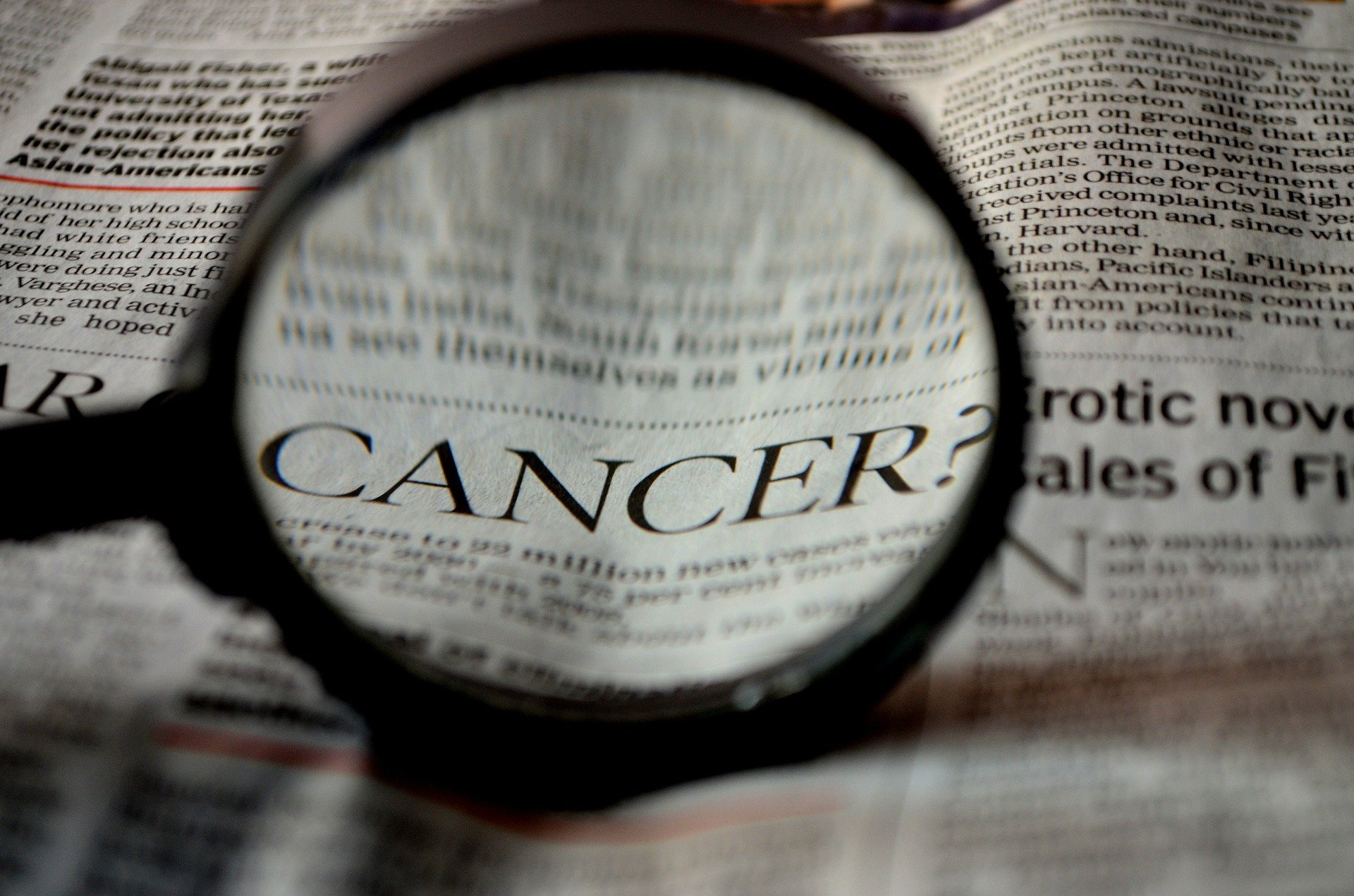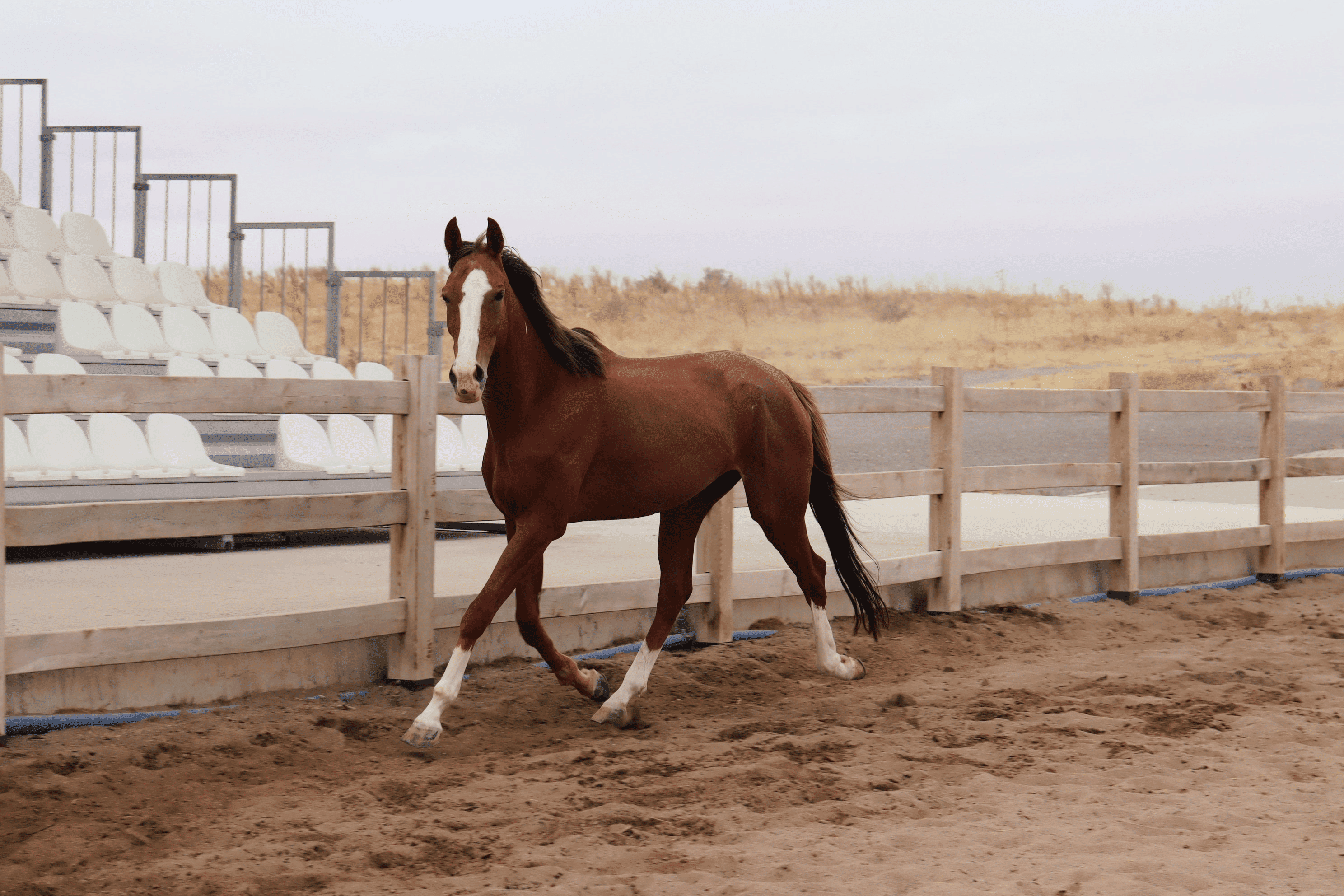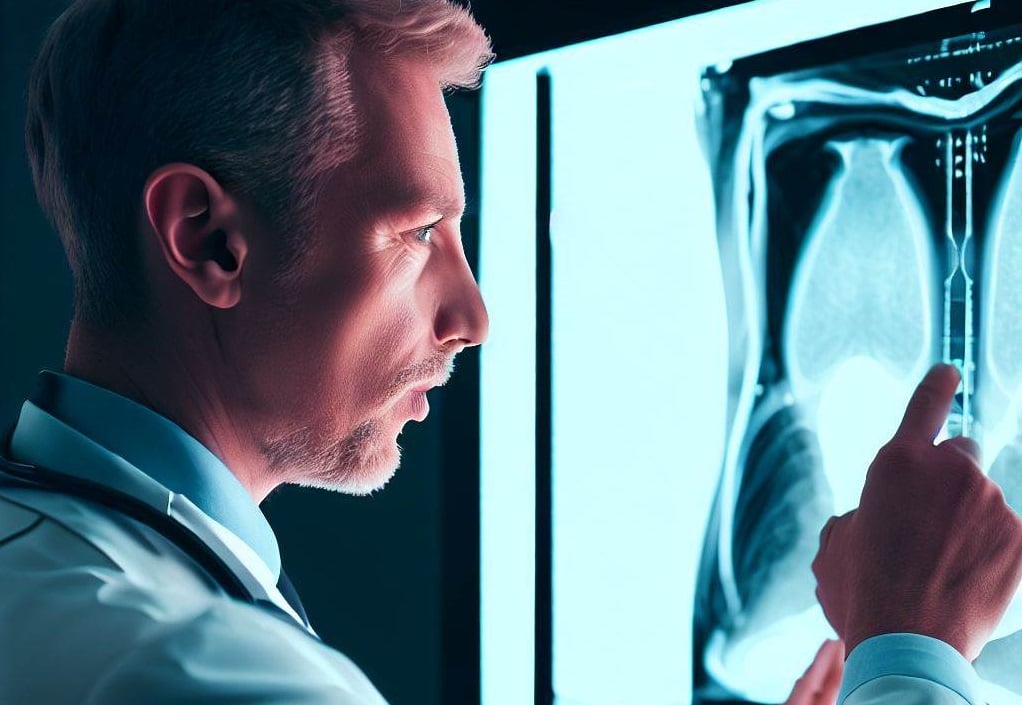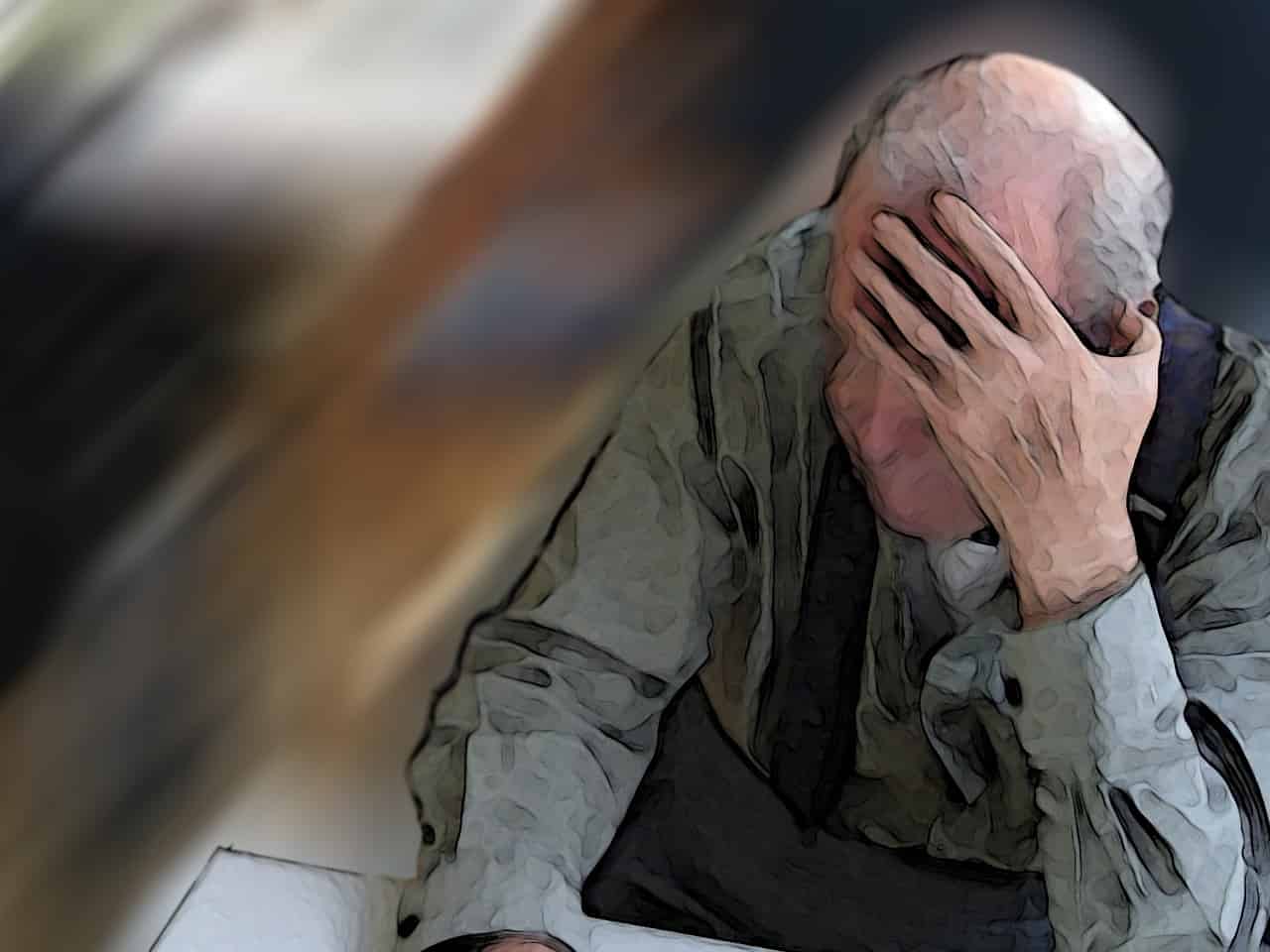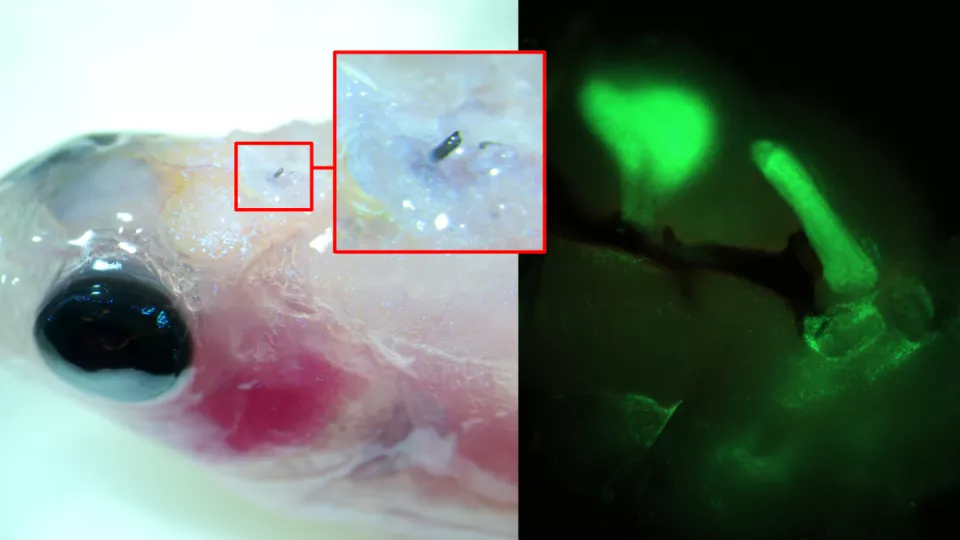
Immunotherapies have revolutionised the treatment of cancer and, in some cases, are able to cure patients with advanced disease. Immunotherapies with CAR T-cells and antibodies share a focus on specific target proteins expressed on the surface of tumour cells, known as cell surface tumour antigens, writes the Lund University in a press release.
“The great challenge is that the structure of cell surface tumour antigens differs between patients and between primary tumours and metastases. There is a great need both for new strategies and for high precision identification of accessible, treatable cell surface tumour antigens at a personalised level. We have worked for many years to establish new methods that provide knowledge about antigens on the surface of cancer cells as a target for immunotherapies”, says Mattias Belting, professor of clinical oncology at Lund University and consultant at Skåne University Hospital.
Now, he and his research group at Lund University and Skåne University Hospital have developed a new precision medicine technology which makes it possible to carry out comprehensive mapping of the whole cell surface tumour antigen landscape in patients.
Mapping all tumor antigens
The method developed by the research team, ‘Tumour Surfaceome Mapping, TS-MAP’, makes it possible to carry out a direct analysis of all accessible cell surface tumour antigens in tumour tissue from patients.
In a close collaboration between neurosurgery, oncology and advanced proteomics in Lund, the researchers were able to identify several cell surface tumour antigens in fresh tissue from patients with aggressive brain tumours and for which there is currently no effective treatment.
“Our new findings with patient cells and tissues point to the fact that tumour cells fundamentally change their surface landscape when they are removed from their natural, three-dimensional environment, which is important information for future research in the area”, says Mattias Belting. “The methods previously developed to identify cell surface antigens or to produce antibodies targeting tumour cells use two-dimensional models, which, according to our findings, misrepresent the situation in patient tumours.”
More information to fight the disease
An important advantage of the TS-MAP technology is that it provides a comprehensive image of the cell surface antigens displayed on the surface of the cancer cell, as well as information about the specific cell surface antigens that have a high ability to infiltrate cancer cells, and can destroy them from within.
“This is important given that the next generation of antibody-based drugs in oncology are built on the combination of a target-seeking antibody which recognises the cell surface tumour antigen and a cytotoxin or radionuclide that has been linked to the antibody. These antibody-drug conjugates (ADCs) specifically target and kill cancer cells from within while healthy cells without the cell surface tumour antigen are spared”, says Mattias Belting.
Promising yet challenging
Mattias Belting says the results of the study clearly highlight the possibilities and need for personalised strategies based on the great repertoire and variation of tumour antigens in patient tumours. It is also significant that the analysis is carried out on intact tissue.
“Precision medicine in immunotherapy for the treatment of cancer is promising, but also very challenging. In addition to the variation of tumour antigen expressions between and within tumours, we still have insufficient knowledge about the interaction between cancer cells and immune cells in the tumour microenvironment. Currently, we talk about each individual patient needing to be matched to a drug. Perhaps it is the other way around, that we must design a specific drug to match the individual patient, however impossible that may sound”, concludes Mattias Belting.
Also interesting: Thermal imaging camera for early detection of cancer
Selected for you!
Innovation Origins is the European platform for innovation news. In addition to the many reports from our own editors in 15 European countries, we select the most important press releases from reliable sources. This way you can stay up to date on what is happening in the world of innovation. Are you or do you know an organization that should not be missing from our list of selected sources? Then report to our editorial team.


